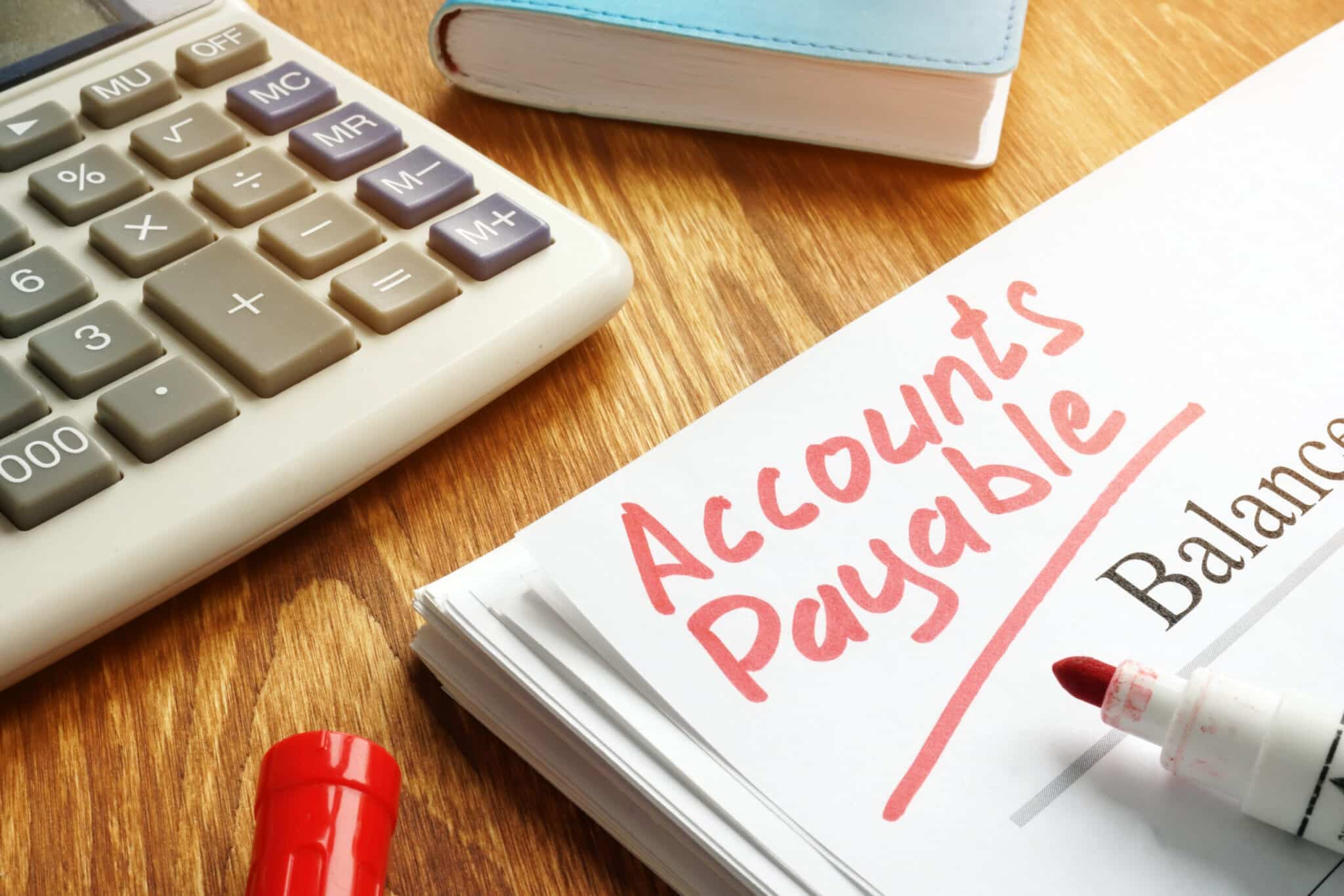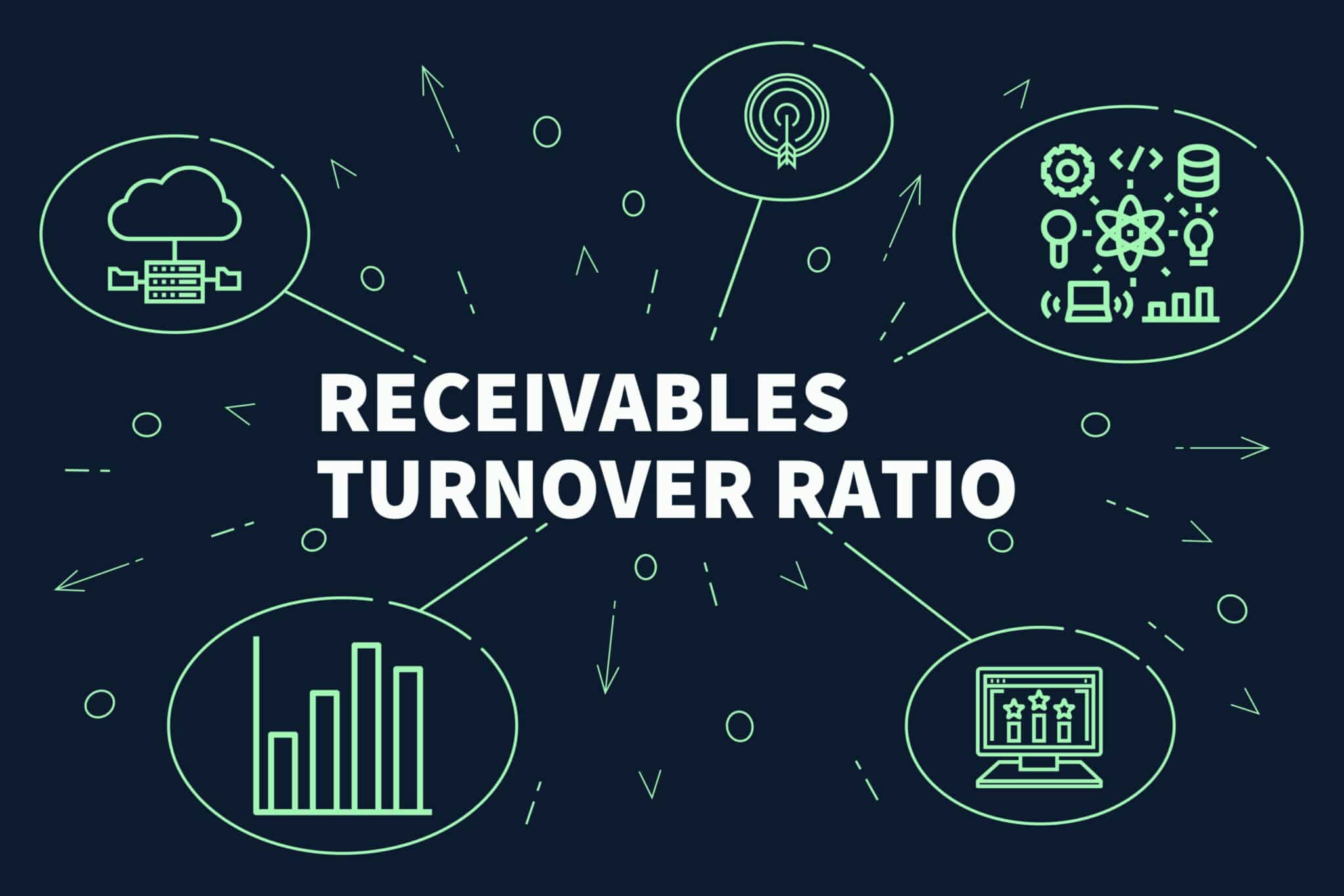Accounts receivable is essential to any successful business, and understanding what it entails and how it works is critical to your success.
I have been in the accounting business for over 15 years, so when it comes to accounts receivable (AR), I know a thing or two.
If you’re seeking out a comprehensive introduction to accounts receivable, this guide has all the answers!
What is Accounts Receivable?
Accounting plays a vital role in any business, so if you want to be successful, it’s essential to understand what accounts receivable is and how to manage it properly.
Accounts receivable (AR) refers to money owed to a business by customers due to goods or services sold on credit.
In other words, when a customer purchases something from you but doesn’t have the funds to pay for it right away, they’ll owe your company money.
You can think of accounts receivable as an IOU from your customer for the goods or services you provided. As a business owner, it’s up to you to collect on those debts owed to you by your customers.
The process of collecting money due on accounts receivable is called accounts receivable management, and it involves the following:
- Tracking invoices
- Managing customer payments
- Dealing with any necessary legal action if a customer defaults on their payment
Accounts receivable is critical because it serves as one of the primary sources of revenue for businesses that operate on credit terms.
It helps businesses stay afloat during short-term cash flow shortages and ensures they get paid on time for goods or services rendered.
That said, you should also remember that when customers don’t pay their bills, it can create a problem for businesses.
That’s why it’s crucial to understand how accounts receivable works and take the necessary steps to manage it properly.
Doing so will ensure that your business stays on track financially and that customers are held accountable for any debts they owe.
What is Accounts Payable?

Accounts payable (AP) is the opposite of accounts receivable.
AP refers to money a business owes to suppliers and vendors for goods or services received on credit.
Unlike AR, which collects money customers owe you, AP is responsible for paying out the money your business owes to its suppliers and vendors.
The process of managing accounts payable involves the following:
- Tracking invoices
- Keeping track of payment dates
- Ensuring that payments are sent out on time
By doing so, businesses can ensure that they’re meeting their financial obligations and avoiding any late fees or penalties associated with them.
Accounts Receivable Vs. Accounts Payable
As we discussed earlier, accounts receivable and accounts payable are two sides of the same coin.
AR refers to money owed to a business by customers, while AP is money that a business owes to suppliers and vendors.
These two processes may seem similar, but they serve different purposes.
Accounts receivable helps businesses collect on debts owed by customers while managing their cash flow more effectively.
On the other hand, accounts payable helps businesses pay out money owed to suppliers and vendors without incurring any late fees or penalties.
Accounts Receivable Benefits
Accounts receivable is a critical component of any successful business. It helps businesses collect on debts owed by customers while managing their cash flow more effectively.
Some of the benefits of using accounts receivable include the following:
- Improved Cashflow
- Cash Position Insight
- Reduced Processing Costs
- Shorter Order to Cash Cycle
- Better Customer Relations
Improved Cashflow
By utilizing accounts receivable, businesses can remain on top of their invoicing and ensure timely payment for goods or services. This helps to maximize profits and keep the business running smoothly.
By understanding how accounts receivable works and taking the necessary steps to manage it properly, businesses can benefit from improved cash flow, better customer relations, and reduced processing costs.
Cash Position Insight
Accounts receivable can help businesses understand their cash position.
By monitoring unpaid invoices, businesses can quickly and easily identify any areas of concern and take the necessary steps to remedy them.
This improved visibility into a business’s cash flow can help ensure that all debts are collected on time and that there is enough liquidity to pay suppliers or vendors when needed.
Reduced Processing Costs
Businesses can reduce processing costs associated with managing customer payments by automating parts of the accounts receivable process.
Automation tools can help streamline the process and save time and money in the long run. These tools include:
- Payment portals
- Automated emails
- Reminder notifications
Shorter Order to Cash Cycle
By streamlining the accounts receivable process and automating certain tasks, businesses can save time and money that would be spent manually managing invoices.
This helps to speed up the turnaround of funds, ensuring that cash is freely flowing through the business and helping to boost profits in the long run.
Better Customer Relations
Accounts receivable tools such as automated payment reminders can help businesses stay on top of customer debts while developing better relationships with them.
This helps to ensure that customers are held accountable for debts owed while allowing businesses to maintain friendly relations with them simultaneously.
Accounts Receivable Process

Now that we’ve discussed the benefits of accounts receivable let’s take a closer look at the actual process.
Generally speaking, the steps in the accounts receivable process include the following:
- Credit
- Invoicing
- Payment
- Cash Application
- Collections
Credit
The first step in the accounts receivable process is establishing a credit relationship with customers. This includes determining the terms of payment and setting up credit limits.
This step helps businesses protect themselves from any potential losses while also allowing them to provide more favorable payment terms to customers, which can be beneficial for customer relations.
Invoicing
Once a credit relationship has been established, businesses will send out invoices to their customers.
These invoices will include an itemized list of goods or services provided along with the associated prices and payment terms.
Payment
After receiving an invoice, customers are expected to make payments according to the agreed-upon terms.
This could involve the following:
- Sending a check
- Using a bank transfer
- Utilizing a payment portal
Businesses should have systems in place to track payments received from customers and ensure that all invoices are paid on time.
Cash Application
Once payments have been received, they must be applied to the corresponding invoice.
This is known as cash application and involves matching up payments with the appropriate invoice and properly crediting accounts.
Collections
If customers fail to pay invoices by their due dates, businesses may need to take additional steps, such as collections. They may also need to issue late fees or interest charges if applicable.
Having a strong collection process in place can help businesses collect any overdue payments while maintaining good relations with their customers at the same time.
What is the Accounts Receivable Turnover Ratio

The accounts receivable turnover ratio measures how quickly a business is able to collect payments from its customers. It is calculated by dividing the total amount of credit sales for a period of time by the average accounts receivable balance during that same period.
A higher ratio indicates that the business is able to collect payments faster, while a lower ratio suggests that it is taking longer than usual to receive payments.
By understanding this ratio, businesses can take steps to improve their collection process and ensure they are getting paid promptly.
Accounts Receivable Examples
Accounts receivable can take many forms and serve various purposes.
Here are some examples of how businesses utilize accounts receivable:
- Receivables from customers due within one year
- Product deposits taken in advance
- Outstanding invoice balances for services rendered
- Customer refunds that have yet to be processed
Accounts Receivable Software
Accounts receivable automation software can help businesses better manage their accounts receivable processes.
Most AR software includes features such as the following:
- Invoicing
- Payment processing
- Customer credit management
It can also provide insights into cash flow and enable businesses to create collection strategies based on past performance.
By automating their accounts receivable processes, businesses can save time, reduce costs and improve overall efficiency in the long run.
Conclusion
Accounts receivable is an integral part of any business’ financial operations, as it helps them keep track of payments due from customers.
A well-managed accounts receivable system can help businesses save time and money while ensuring they get paid on time.
Do you have any questions about accounts receivable? Let us know in the comments below!
Frequently Asked Questions
Accounts receivable is considered an asset because it represents money that a business is owed from its customers.
Accounts receivable professionals must be highly organized and detail-oriented and have good customer service skills. They should also be familiar with accounting software and be able to quickly and accurately process payments from customers.
The accounts receivable turnover ratio is calculated by dividing the total amount of credit sales by the average accounts receivable balance during that period. A higher ratio indicates that the business can collect payments faster.
Some best practices for managing accounts receivable include: setting up an efficient collection process, utilizing automation software, offering payment options such as online portals or payment plans, and regularly reviewing accounts receivable aging reports.
The post What is Accounts Receivable? Ultimate Guide appeared first on Tweak Your Biz.


0 Commentaires